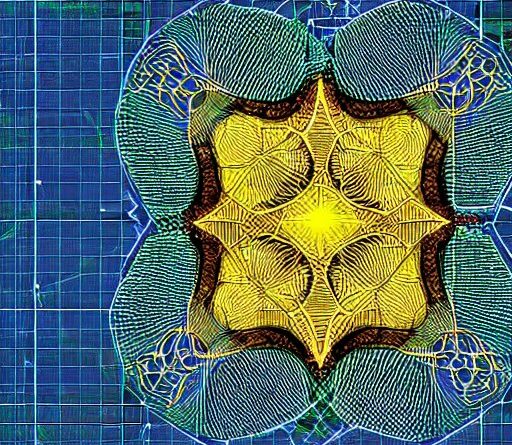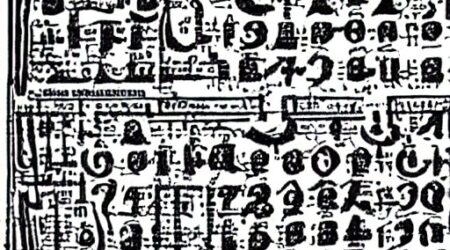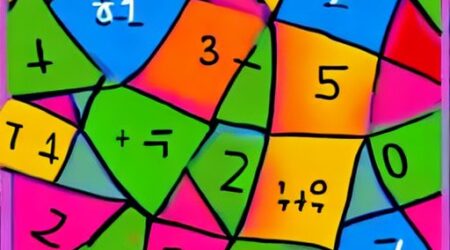The Euclidean Algorithm: A Step-by-Step Guide
The Euclidean Algorithm, named after the ancient Greek mathematician Euclid, is an efficient method for finding the greatest common divisor (GCD) of two integers. This timeless algorithm has been a cornerstone of number theory for over two thousand years and has applications in various fields, such as cryptography and computer science. In this step-by-step guide, we will learn how to apply the Euclidean Algorithm and explore its relevance in today’s world.
Section 1: Understanding the Greatest Common Divisor (GCD)
The greatest common divisor (GCD), also known as the greatest common factor, of two integers is the largest positive integer that divides both numbers without leaving a remainder. For example, the GCD of 56 and 72 is 8 because 8 is the largest integer that can divide both numbers evenly.
Section 2: The Euclidean Algorithm – A Step-by-Step Guide
The Euclidean Algorithm is an iterative method for finding the GCD of two integers a and b (where a > b). The algorithm is based on the principle that the GCD of two numbers remains unchanged when the smaller number is subtracted from the larger number. The steps are as follows:
1. Divide the larger number (a) by the smaller number (b) and note the remainder (r).
2. Replace the larger number (a) with the smaller number (b) and the smaller number (b) with the remainder (r) from the previous step.
3. Repeat steps 1 and 2 until the remainder becomes 0.
4. The GCD is the non-zero remainder from the second-to-last step.
Example: Find the GCD of 56 and 72.
1. 72 ÷ 56 = 1 remainder 16 (72 = 56 * 1 + 16)
2. Replace 72 with 56 and 56 with 16.
3. 56 ÷ 16 = 3 remainder 8 (56 = 16 * 3 + 8)
4. Replace 56 with 16 and 16 with 8.
5. 16 ÷ 8 = 2 remainder 0 (16 = 8 * 2 + 0)
6. The GCD is the non-zero remainder from the previous step, which is 8.
Section 3: The Extended Euclidean Algorithm
The Extended Euclidean Algorithm is a variation of the Euclidean Algorithm that not only calculates the GCD but also finds integers x and y such that ax + by = GCD(a, b). This algorithm is particularly useful in solving Diophantine equations and modular inverse calculations in cryptography.
Section 4: Applications of the Euclidean Algorithm
The Euclidean Algorithm has a wide range of applications, including:
– Simplifying Fractions: Finding the GCD of a numerator and denominator allows us to simplify fractions by dividing both numbers by the GCD.
– Lattice Reduction: The algorithm plays a role in lattice reduction techniques used in cryptography and computer science.
– Cryptography: The Extended Euclidean Algorithm is used in the RSA algorithm and other cryptographic protocols for computing modular inverses.
Conclusion
The Euclidean Algorithm, with its ancient origins and enduring relevance, is a testament to the power and elegance of mathematics. By understanding and applying this algorithm, we can tackle complex mathematical problems and appreciate its practical applications in our daily lives.








Leave a Reply